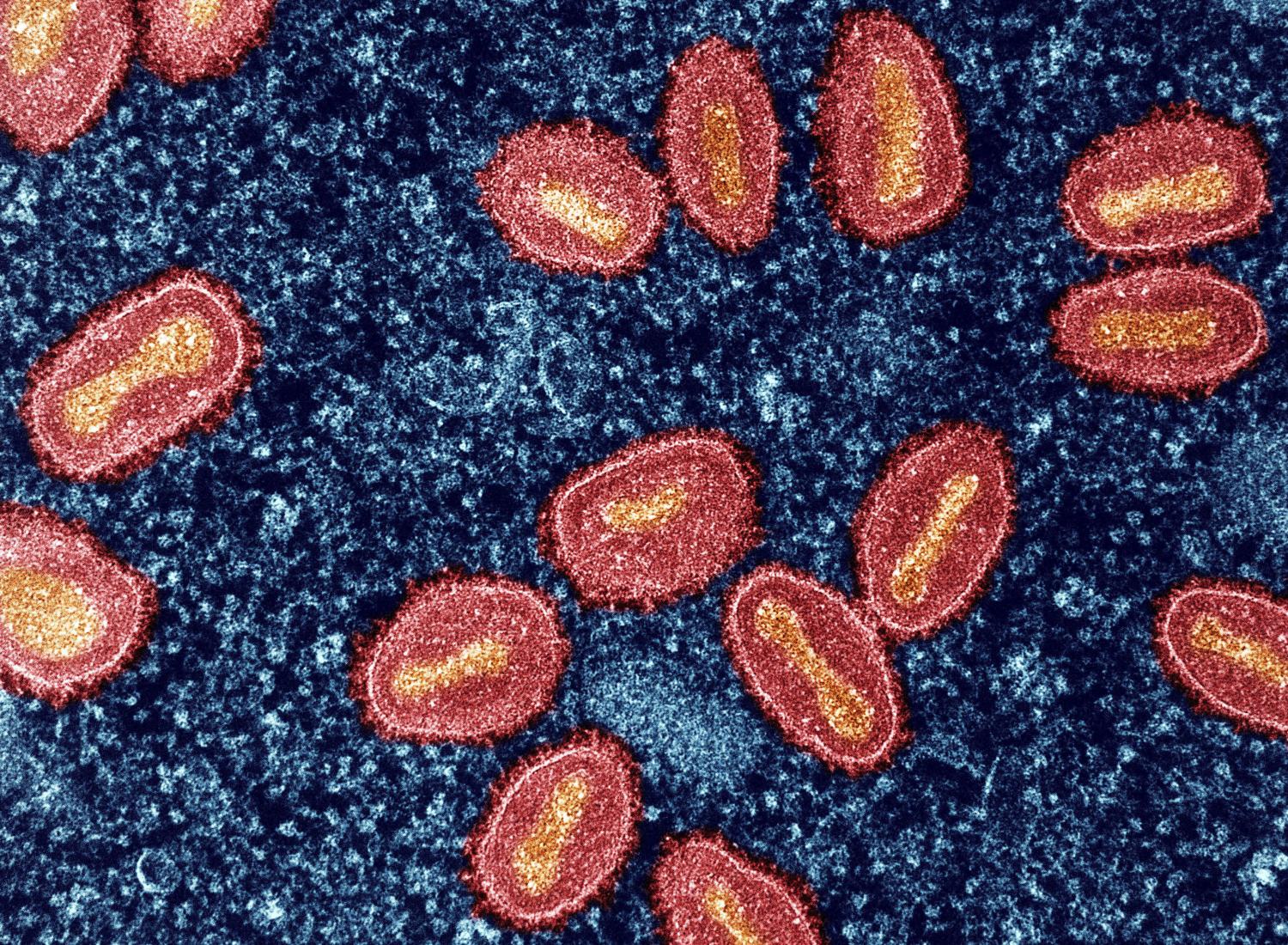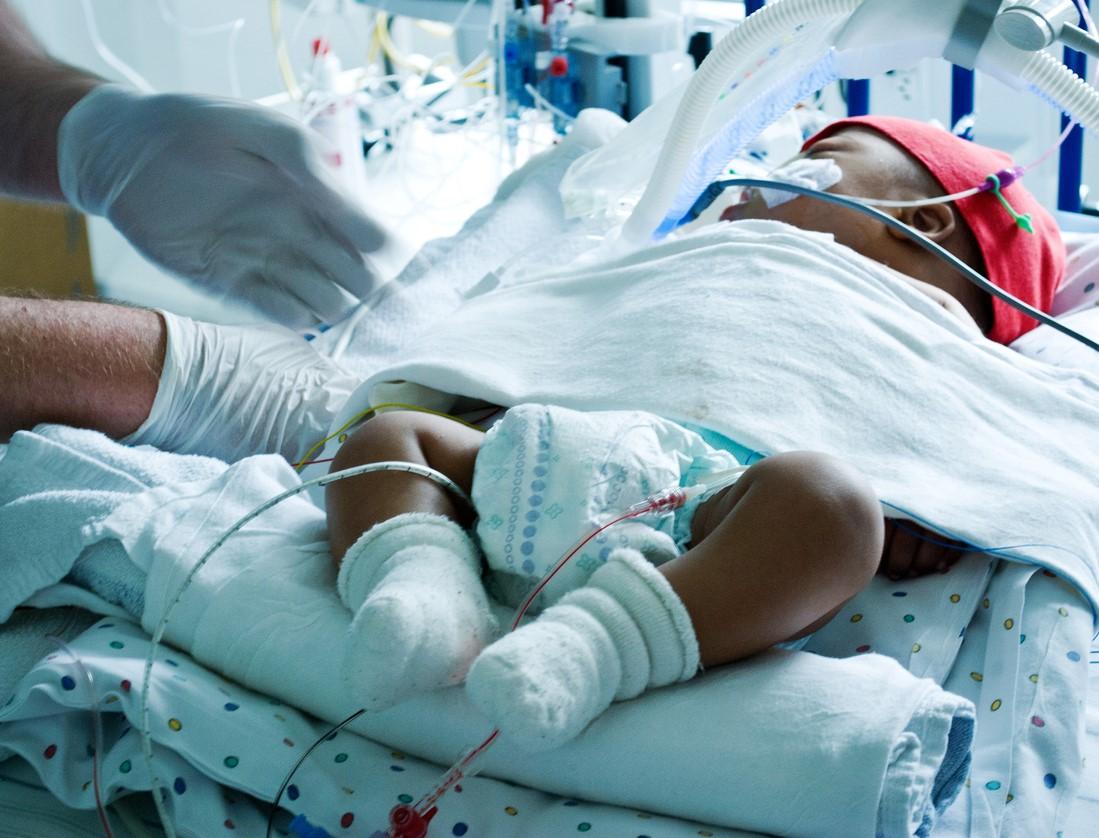A longitudinal study of more than 20,000 patients in a regional healthcare system found that beta-lactam (BL) allergies were not associated with increased risk of death but were associated with increased risk of antibiotic-resistant infections, researchers reported late last week in JAMA Network Open.
Using electronic health record data on patients diagnosed as having sepsis, pneumonia, or urinary tract infection at the University of Pittsburgh Medical Center from 2007 through 2018, researchers assessed all-cause mortality among those patients with a documented BL allergy, which is the most common drug allergy worldwide but also the most reported in error. Secondary outcome included infection with methicillin-resistant Staphylococcus aureus (MRSA), vancomycin-resistant Enterococcus (VRE), and Clostridioides difficile, and the severity and occurrence of acute kidney injury (AKI).
Of the 20,092 patients (60.9% female; mean age, 62.9 years) included in the study, 4,211 (21%) had a documented BL allergy and 15,811 (79%) did not. Patients with a BL allergy were more likely to be female (69.1% vs 58.7%), older (64.2 years vs 62.6 years), and White (79.1% vs 75.7%) than those without. Baseline clinical characteristics did not differ significantly between the two groups.
44% increased risk of MRSA infection
While patients with documented BL allergy had higher rates of unadjusted all-cause mortality, multivariable analysis found no significant increase in the odds of mortality (odds ratio [OR], 1.02; 95% confidence interval [CI], 0.96 to 1.09) compared with no documented BL allergy. But BL allergies were associated with increased odds of MRSA infection (OR, 1.44; 95% CI, 1.36 to 1.53), VRE infection (OR, 1.18; 95% CI, 1.05-1.32), and the pooled rate of the three evaluated antibiotic-resistant infections (OR, 1.33; 95% CI, 1.30 to 1.36).
No significant increase in risk of C difficile infection alone (OR, 1.04; 95% CI, 0.94 to 1.16), stage 2 and 3 AKI (OR, 1.02; 95% CI, 0.96 to 1.10), or stage 3 AKI (OR, 1.06; 95% CI, 0.98 to 1.14) was observed.
The researchers say the association with increased risk of antibiotic-resistant infections suggests further research into the long-term impact of BL allergies is needed. They also call on health systems to emphasize accurate allergy documentation to reduce unnecessary BL avoidance.


















